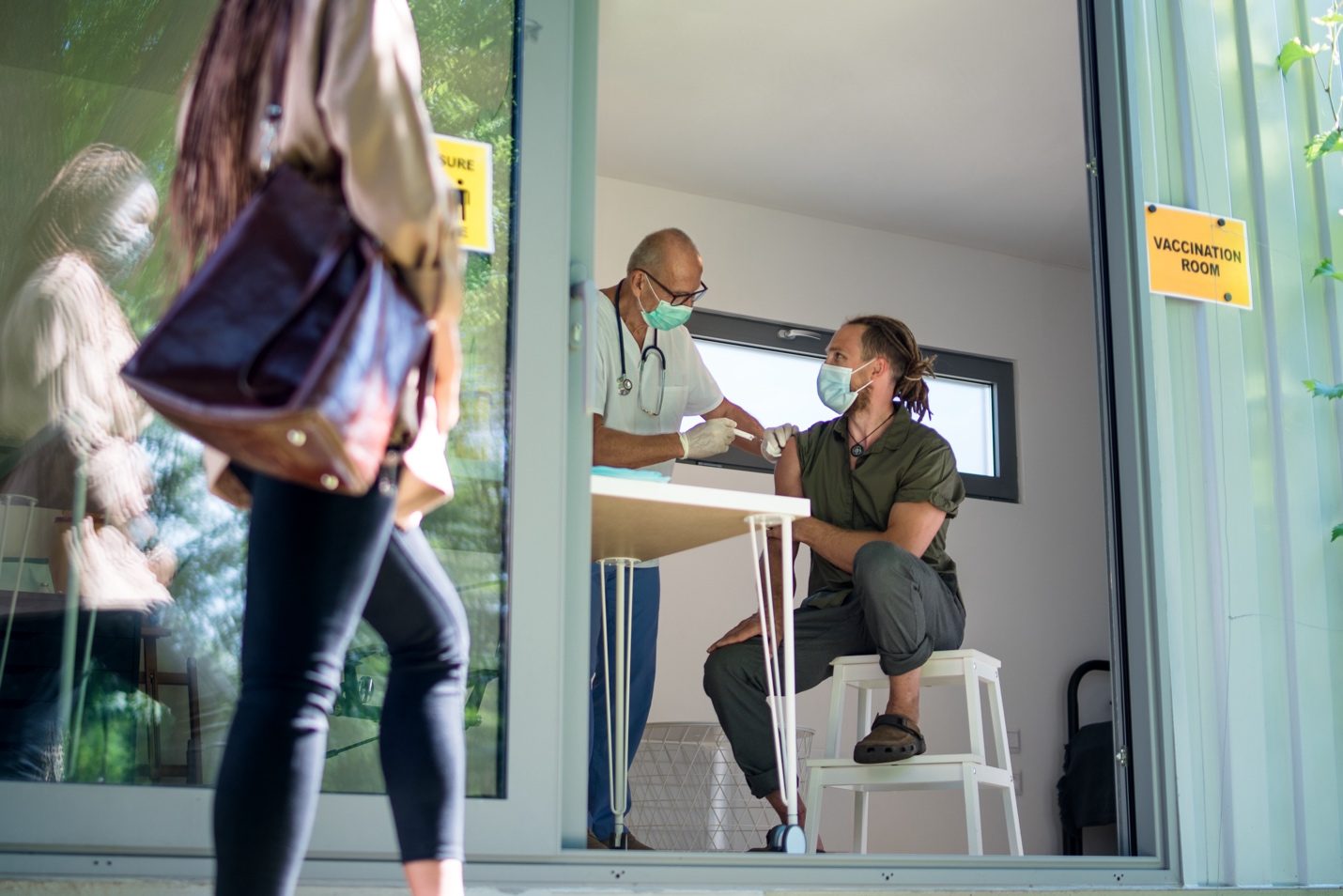
@ShahidNShah


Healthcare access remains a persistent issue for millions of people who live outside the reach of traditional systems. Marginalized and underserved populations often face structural barriers that limit their ability to receive consistent, quality care. These barriers can lead to higher rates of chronic illness, lower life expectancy, and deepening cycles of poverty and poor health. Understanding what contributes to the issue is essential for building pathways to fair and effective solutions.
Many underserved individuals lack reliable access to transportation, insurance coverage, or local providers who accept public health plans. Language differences, discrimination, and fear of legal consequences also discourage people from seeking care, especially among immigrant and undocumented populations. Rural areas often struggle with provider shortages, while urban areas may have services that are overwhelmed or not affordable for low-income residents. These factors compound, making it difficult for people to receive early diagnoses, access preventative services, or manage long-term conditions effectively.
Housing instability, food insecurity, and lack of education significantly influence health outcomes. If a family must choose between paying rent and affording prescription medication, long-term health is at risk. Underserved communities are more likely to live in areas with poor air quality, inadequate infrastructure, and limited access to nutritious food. These conditions elevate the risk of disease and make recovery from illness more difficult. Crowded living environments can also accelerate the spread of infectious diseases, while unsafe neighborhoods may discourage outdoor activity, contributing to sedentary lifestyles. Effective healthcare strategies must address these underlying social factors to produce meaningful improvements and build healthier, more resilient communities.
Organizations across the country are working to reduce disparities by bringing care directly to the people who need it most. Mobile health clinics, community health workers, and school-based programs are making an impact by meeting patients where they are. These efforts build trust and reduce barriers that prevent people from seeking treatment. In some cases, family members are stepping up to provide home-based care where services are otherwise unavailable. Programs that allow someone to apply to be a caregiver for a family member can help fill essential gaps in daily support.
Expanding Medicaid in more states, increasing funding for rural health initiatives, and supporting the development of bilingual and culturally competent care providers are key steps toward progress. Policymakers must also consider how to make telehealth more accessible to those without reliable internet or digital literacy. The goal is to create systems that serve people regardless of their ZIP code, income level, or citizenship status. Without bold changes, disparities will persist, and entire communities will continue to be left behind.
Improving healthcare access for marginalized groups requires coordinated effort, sustained investment, and a deep commitment to equity. While progress has been made in some regions, much work remains. Addressing these challenges head-on offers the opportunity to create healthier, more resilient communities for future generations. To learn more, look over the accompanying resource below.

Chief Editor - Medigy & HealthcareGuys.
The connection between behavioral and physical health is more direct than many realize. Mental health challenges can influence body functions, while physical conditions can significantly impact …
Posted May 20, 2025 Wellness & Prevention
Connecting innovation decision makers to authoritative information, institutions, people and insights.
Medigy accurately delivers healthcare and technology information, news and insight from around the world.
Medigy surfaces the world's best crowdsourced health tech offerings with social interactions and peer reviews.
© 2025 Netspective Foundation, Inc. All Rights Reserved.
Built on Dec 12, 2025 at 1:25pm